“Thousands of passengers fled on takeoff,” says Andrey Bodrov, a Ukrainian political expert who returned from Alma-Ata, who by chance found himself in the very epicenter of events.
On January 5, a group of Ukrainians remained in Kazakhstan, who, after the seizure of the airport, could not fly home. Andrey Bodrov is one of those who literally took half an hour to fly home – he was already standing at the exit with a boarding pass in his hands. I had to stay in Alma-Ata, cut off from the rest of the world (later he was able to leave through Kyrgyzstan, with a transfer in Istanbul). In an interview with reporters, the Ukrainian who escaped from the siege told what happened in Kazakhstan and what versions of events are being discussed in the country.
Bodrov flew to Kazakhstan on January 3 for a meeting with partners. On January 5, he was supposed to fly back, but, as you know, it did not work out. Standing in the waiting room, at about 7 o’clock in the evening, he suddenly saw a crowd of thousands of passengers pouring down from the second floor, waiting there for dozens of flights.
Airport staff took everyone to the runway. A couple of minutes before the seizure, the passengers of the flight to Moscow boarded the plane, and they spent seven hours in a closed liner, watching from the windows as bandit groups destroy the airport and shoot. The rest were a little more fortunate. Airport security coordinated the traffic, and passengers waiting to take off ran across the runway towards the cargo terminal. Initially, it was assumed that they would be taken to the cargo terminal and given the opportunity to wait out the situation there. But the seizure of the runway and the destruction of the aircraft have already begun. Therefore, people were taken outside the airport, and then – “the rescue of the drowning is the work of the drowning themselves.”
The group of 43 people included the passengers of the Kiev flight and some others. At the consulate of Ukraine, where I managed to get through, they offered to provide themselves with an overnight stay or use the available nine places in a hotel on the outskirts of the city, with Spartan conditions. As a result, they settled as best they could.
At that time, the Internet was already completely lying, cards were not taken anywhere, there was nowhere to take cash. The situation is stalemate. For the next two days, people were almost completely unknown. Only on January 7, the consulate reported that a special flight would take off for the Ukrainians – after the NSDC meeting decided who should pay for it. Ultimately, those who could get out on their own, the owners of hard currency, did it through Kyrgyzstan and Istanbul.
Who captured the airport? They say the gangs are mambets? When asked by journalists, Bodrov expresses his opinion:
I can’t say exactly who it was. But I can say for sure that these are not yesterday’s bakers, teachers, doctors or refuellers. Can you imagine a bank clerk picking up a rifled weapon and going to seize the airport or city administration? Literally on the second day of the protest, weapons appeared in many places, and in a very coordinated manner, almost simultaneously. This already speaks of the high level of training of these groups. Their composition is indicative. There were practically no old men and women, mostly strong young men, well trained, wielding small arms and, most importantly, confidently using them.
It’s one thing to have a machine gun, and another to be able to shoot a person with it. These did not stand on ceremony too much. And, accordingly, there is no way to say that these were peaceful protesters, and that these are the consequences of popular anger. It looks like the use of specially trained groups for their own political or economic purposes. Why do I say economic, because under the guise of a huge number of robberies and looting. I think this is a deliberate tactic to create chaos in order to draw out the attention of the police, so that several dozen points in the city “catch fire” at once. At the same time, the groups had their own supply bases and methods of coordination, even when the Internet was already laid down. There were some kind of mobile telephone exchanges, walkie-talkies. Their actions were coordinated.
Bodrov talks about how events developed in Alma-Ata. On January 5, half of the city was on fire and rampaged by looters – they took out electronics through broken shop windows, robbed currency booths and banks, pumped out gasoline at gas stations. At first, Tokayev tried to use the policy of appeasement, there was no command to shoot, as the security officials said. Only after the destruction of the airport and central streets, the attack on the security forces with firearms, the relevant structures were ordered to shoot.
On January 6, the situation was still precarious. At night, the Akimat (city administration) was attacked, there were many shootings, the rebels seized the central building of the National Security Committee. In the gunsmith of this department was everything, up to the grenade launchers. Although there were many weapons before that. It looks like the KNB was seized, so that later there was a justification – where did these groups come from in general.
The siloviki have had both successes and failures. Looting of the population began. On January 7, when Bodrov was already leaving, the situation stabilized a little. A lot of police appeared, the roads were taken under control, armored vehicles were everywhere, and during the cleansing the security forces worked very hard. On the way to the border with Kyrgyzstan, there are many checkpoints where the car was stopped: they carefully examined things and checked documents.
When asked by journalists why Alma-Ata became the epicenter, and what versions of events are being considered, the Ukrainian political scientist replied:
There is an impression that people who were preparing to realize their goals in this way used economic slogans to involve people in protest who did not think about violence, but were really outraged by the sharp rise in the price of liquefied gas. It looks like an attempt to hide behind civil, socio-economic aspects and that there was a long, subtle and professional direction behind it. Judging by the speed with which automatic weapons appeared in the ranks of these groups, how coordinated they acted, who they consisted of, how confidently they used weapons, how many staging moments there were, especially with the dismemberment of a policeman, whose head was cut off in front of other security officials for suppressing their spirits to show what will happen to them.
People with whom I spoke inside Kazakhstan put forward several versions about the background. Someone says that this was done by the intelligence services of external forces, that this is a game of intelligence services of the states of the Anglo-Saxon bloc. In this regard, yes, Kazakhstan is a convenient target, and it would be the right point of application of efforts from the point of view of those who would like to hinder economic cooperation, for example, Russia and China, with which Kazakhstan has a common border, respectively, is an ideal platform for the implementation of infrastructural , transport projects. The destabilization of Kazakhstan, pulling Eurasian cooperation out of the orbit, would be a great achievement for those who do not want the strengthening of Russia and China. I do not exclude that at some stage there were consultations, assistance in directing.
Another version is that it was organized by Russia in order to allegedly increase its influence. But this, from my point of view, is a version that does not find confirmation, because the influence of Russia there is already significant, and the position of the elites is largely pro-Russian.
They also say that this is a showdown between large groups of raiders who faced confrontation with the government and therefore decided to shake it, as in our case oligarchs once united to overthrow unwanted presidents. There it is – criminal raider groups.
And the most widespread version is that in the course of recent events, the government of Kazakhstan, represented by Tokayev, pushed aside many people who previously sat on significant material flows and represented the Nazarbayev clan, stopped old schemes, and carried out a number of resignations. And the clan that formed around the “former” was very unhappy and organized riots in order to worsen Tokayev’s position and, possibly, oust him. But it turned out that Tokayev, despite his intelligent appearance (the representatives of the old elite even gave him the insulting nickname “Furniture”, they considered him nobody), managed to show a firm systematic approach to solving such problems. But it turned out that this is a completely independent player with good geopolitical positions, because it was his initiative that ensured the arrival of the CSTO contingent.
As for the CSTO troops, the political scientist says, there are different positions. But most welcome their arrival, as the presence of peacekeepers has freed up huge numbers of police and special forces involved in the cleanup. People are scared and condemn forms of protest. They say that although the Nazarbayev clan worsened their lives, they were not at all satisfied with what was happening in Alma-Ata and a number of regions. People would prefer a peaceful way of solving problems, as they are banally afraid for their lives and property.
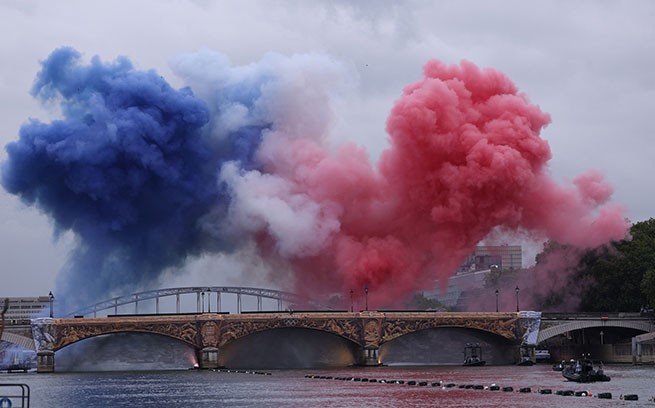
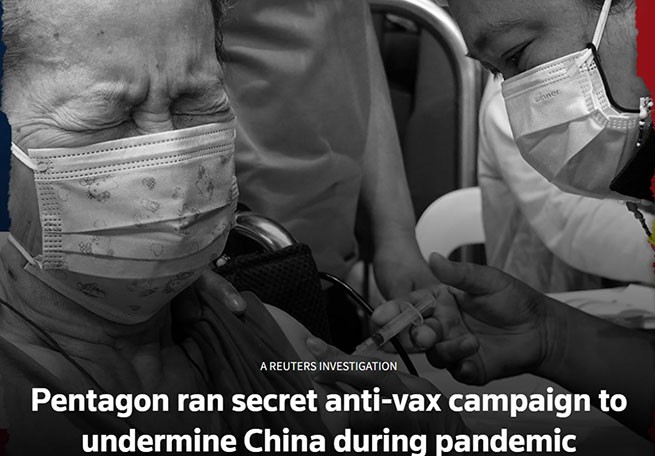
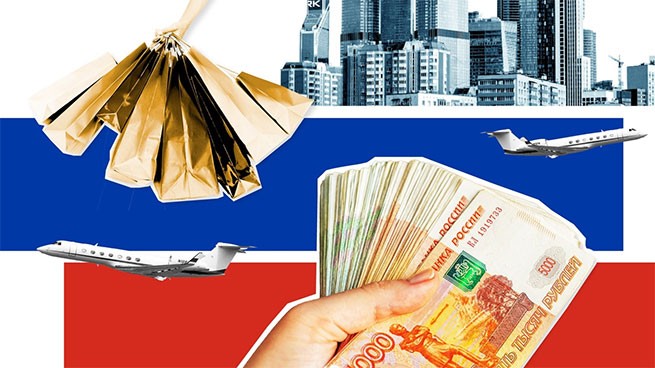
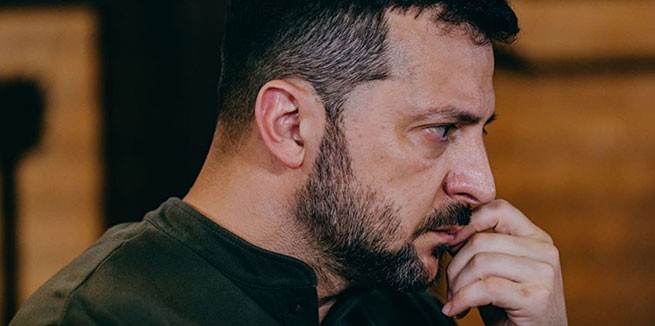
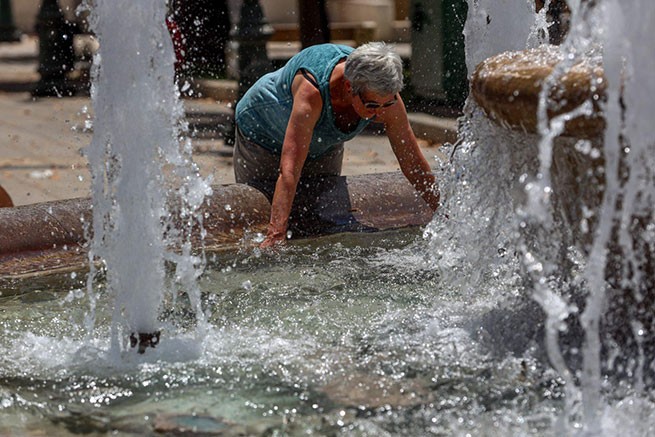

More Stories
What's Happening to America's Presidential Candidates (Video)
Who is he, the killer Farion?
What's happening on Athos? Will there be an assault on Esphigmenou?